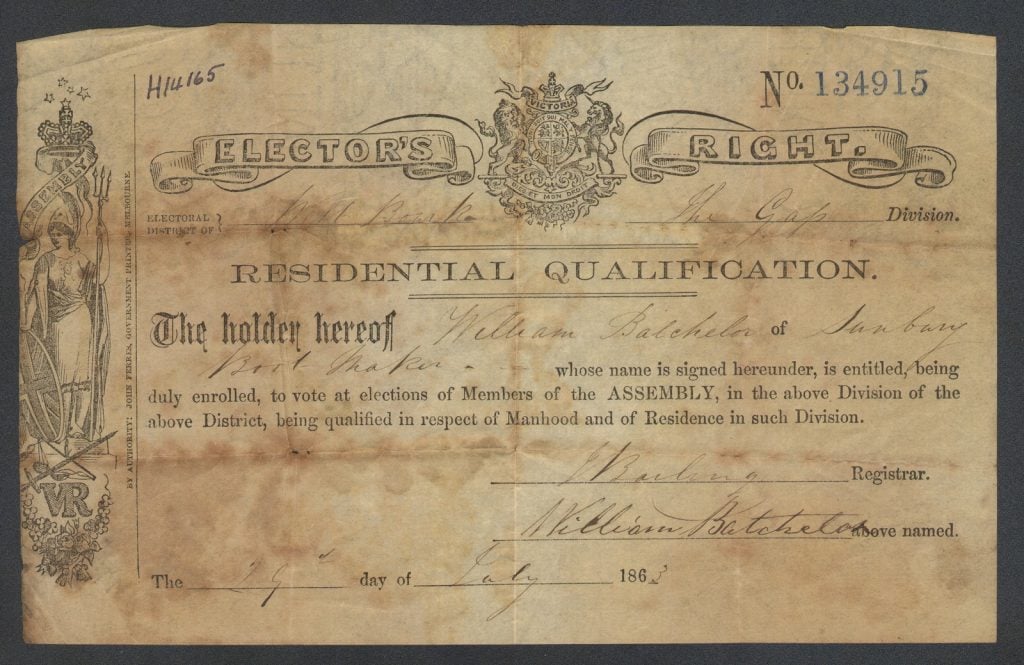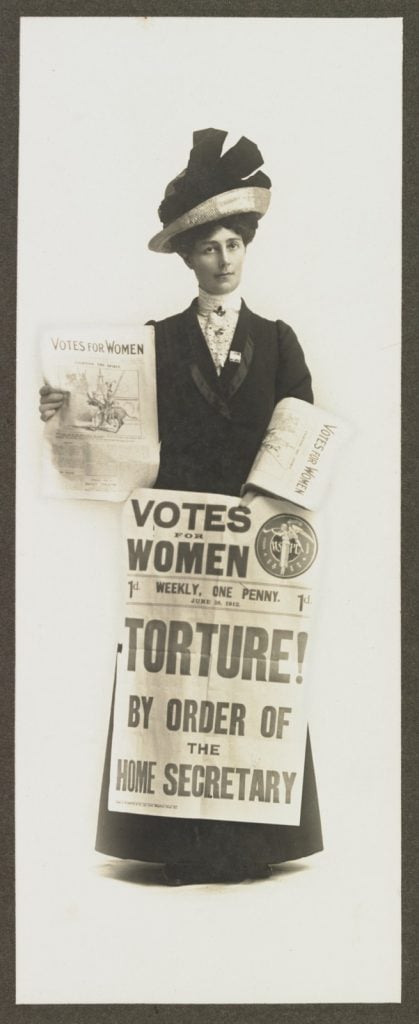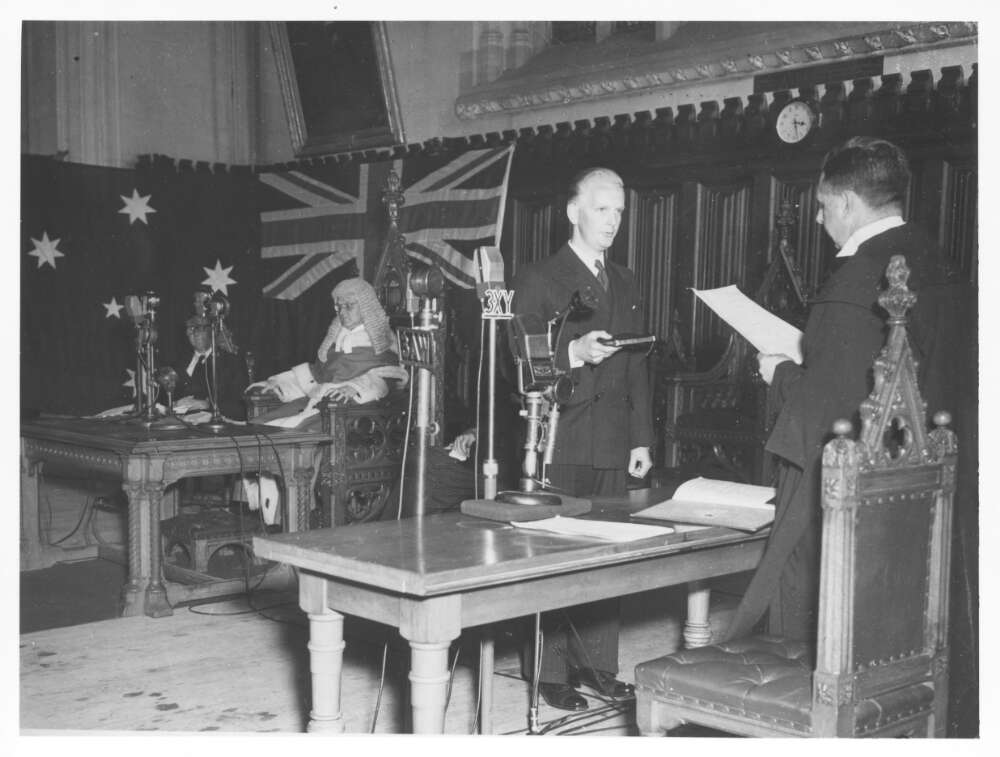Federal electoral rolls are used extensively by family historians, helping us to piece together the lives of our families. But sometimes our forebears are not listed on these rolls – which leads us to the question, who was eligible to vote and when?
To help answer this question, let’s take a look at the history of elections and voting post Federation.

The start of federal elections and rolls
Australia became a nation on 1 January 1901 when six British colonies (New South Wales, Victoria, Queensland, South Australia, Western Australia and Tasmania) united to form the Commonwealth of Australia. This process is known as federation.
Voting was not compulsory at the time of Federation.
The second federal election occurred on 16 December 1903 in accordance with Commonwealth law and was the first to take place following uniform electoral procedures in all States.
Federal elections were and are generally held every three years. Commonwealth electoral rolls for each state and territory were produced for federal government elections.
Women voters
Women have been able to vote in Federal elections since 1903 after confirmation provided in the Franchise Act, 1902.
Due to social conventions of the time, many women did not enrol to vote for some years despite being eligible to do so. 1
The Women’s Suffrage Petition was tabled in the Victorian Parliament in September 1891 and can be searched online.

Aboriginal and Torres Strait Islander peoples
Although Aboriginal people had a right to vote early in Australian European history, it was not actively encouraged and was often very difficult to exercise due to restrictive conditions on registration. Very few Aboriginal people at the time were aware of their right to vote. 2
At Federation, Aboriginal men had the right to vote in state elections in Tasmania, Victoria, New South Wales and South Australia, and were excluded from voting in Queensland and Western Australian state elections. Aboriginal women had the right to vote in South Australia. 3
The Commonwealth Franchise Act was interpreted to mean that only people who were already state voters in 1902 would be eligible to vote in Commonwealth elections. 4
In 1962, the Commonwealth Electoral Act granted all Aboriginal And Torres Strait Islander people the right to vote in Australia. 5
Due to these policies, the electoral rolls are not comprehensive or an accurate reflection of the Aboriginal and Torres Strait Islander population, however, they are worth checking.

Naturalisation/citizenship
Non-British persons who were residents of Australia for more than 5 years could become citizens on application to the authorities.
With naturalisation they would acquire the rights and privileges of citizens to own land and to vote in elections. Few females applied. Chinese residents were naturalised in significant numbers until 1885 when the Victorian government changed its naturalisation policy. Applications would no longer be approved ‘unless a sufficient reason was assigned’. The number of certificates issued decreased and by 1888 none were issued.
Information about Victorian naturalisation records can be found in the Library’s online research guide, Researching your Victorian ancestors.
Voting age
In 1973 the minimum voting age was lowered from 21 to 18.
Compulsory voting
Compulsory voting was introduced in 1924 for Commonwealth elections (except for Aboriginal and Torres Strait Islander People). In the previous election (1922) only 59.37% of the population voted.
Compulsory voting for Aboriginal and Torres Strait Islander People was introduced in 1984.
Electoral roll records
- The current electoral roll is available for public inspection at any Australian Electoral Commission (AEC) office.
- Australian electoral rolls, up to 2009, are held by the National, State and Territory libraries throughout Australia. After this date, public copies were no longer deposited in the libraries.
- Search the State Library Victoria online catalogue using the keywords Commonwealth of Australia electoral rolls or Voting registers Victoria (or substitute the name of the state you are researching).
- A selection of Australian electoral rolls for each State and Territory are available online through the Australia, Electoral Rolls, 1903-1980 database on Ancestry. Ancestry can be accessed for free inside the State Library building and at all Victorian public library services.
- The FindMyPast website contains searchable Australian electoral rolls covering Victoria for the years 1939 and 1946. Findmypast is available to view for free in the State Library building.
Interesting fact: occupations were included in the electoral rolls up until 1984.
You can find more information on electoral rolls in the Library’s Researching your Victorian ancestors guide.
More to explore:
- State Library Victoria. ‘Victorian government publications’ Research Guide.
- Victorian Genealogy: finding people and places in Victoria, Australia. ‘Electoral and Voter Rolls’.
- ‘Landing a vote: the past importance of land ownership as an electoral qualification in Victoria’, Provenance: The Journal of Public Record Office Victoria, issue no. 6, 2007.
References
- McCann, Joy, 2012, 110th anniversary of the Commonwealth Franchise Act 1902. Parliament of Australia. Parliament of Australia.
- McCann, Joy, 2012, 110th anniversary of the Commonwealth Franchise Act 1902. Parliament of Australia.
- McCann, Joy, 2012, 110th anniversary of the Commonwealth Franchise Act 1902. Parliament of Australia. Parliament of Australia.
- McCann, Joy, 2012, 110th anniversary of the Commonwealth Franchise Act 1902. Parliament of Australia. Parliament of Australia.

